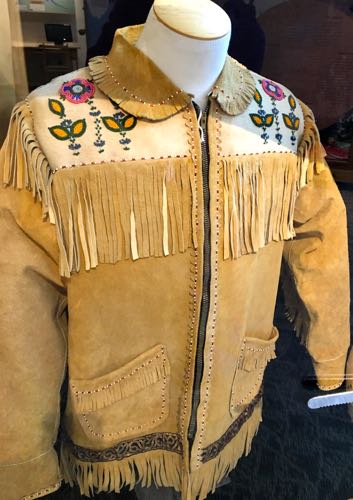 Ahtna Alphabet
Ahtna Alphabet
Eskimo and Indian
People from the lower forty-eight, like me, may not be aware of the many different Native tribes and languages of the arctic region. I believe that we are negligent when we lump all the people together under one or two words like "Eskimo or Indian". According to the graphic below, (photographed from the Ahtna Cultural Center in Copper Center), I count 28 separate indigenous groups of the arctic and sub-arctic lands.
 Indigenous People of Alaska
Indigenous People of Alaska
 Ahtna Tribe
Ahtna Tribe
The People who live and work along the Copper River call themselves Ahtna. Ahtna are grouped into nine clans organized into two branches of one "tree". I was fortunate to meet two Ahtna high school students at the Ahtna Cultural Center and they shared a little bit about their life and ways. Both teenagers attend a high school in Copper Center along with 600 other students, grades K through 12. They told me that they did not receive any cultural education in school. However, it seemed to me that their families still practice some of their traditions. During the fishing season, the Ahtna use a large fish wheel to scoop up the salmon. The salmon harvest is first distributed to the elders and then the rest is dried and saved for the winter. Eating salmon during the long dark nights helps them remember the warmth and light of the summer.
 Jacket Made of Moose Hide
Jacket Made of Moose Hide
Moose are hunted for their hides and meat. The bones are made into necklaces and earrings.
 Moose Bone Earrings
Moose Bone Earrings
Nunataks or "Life Place"
 Nunatak
Nunatak
In the nearby Wrangle-St. Elias Mountains, islands of life are surrounded by permanent ice fields called nunataks. These nunataks jut out above the ice where wind keeps the ground free from snow. Somehow, lichen, moss and even vascular plants have made a toe hold in this windswept, cold and inhospitable ground. But even more surprising is that a mammal, the pika, lives among these rocks in tunnels all year, not hibernating but foraging and storing its finds for the long winter months.
These "life places", so called in the Inupiaq language, offer scientists a place to study how species migrate and populate new areas.


Comments